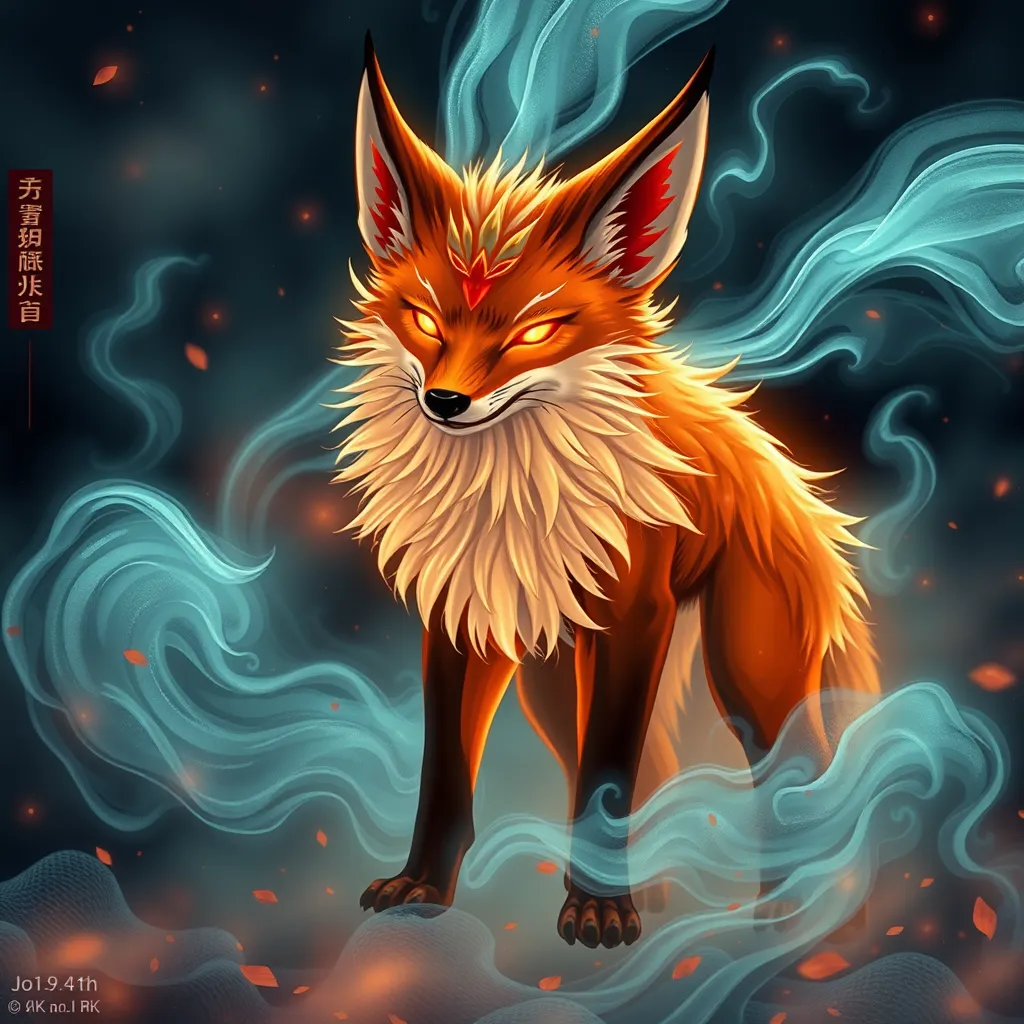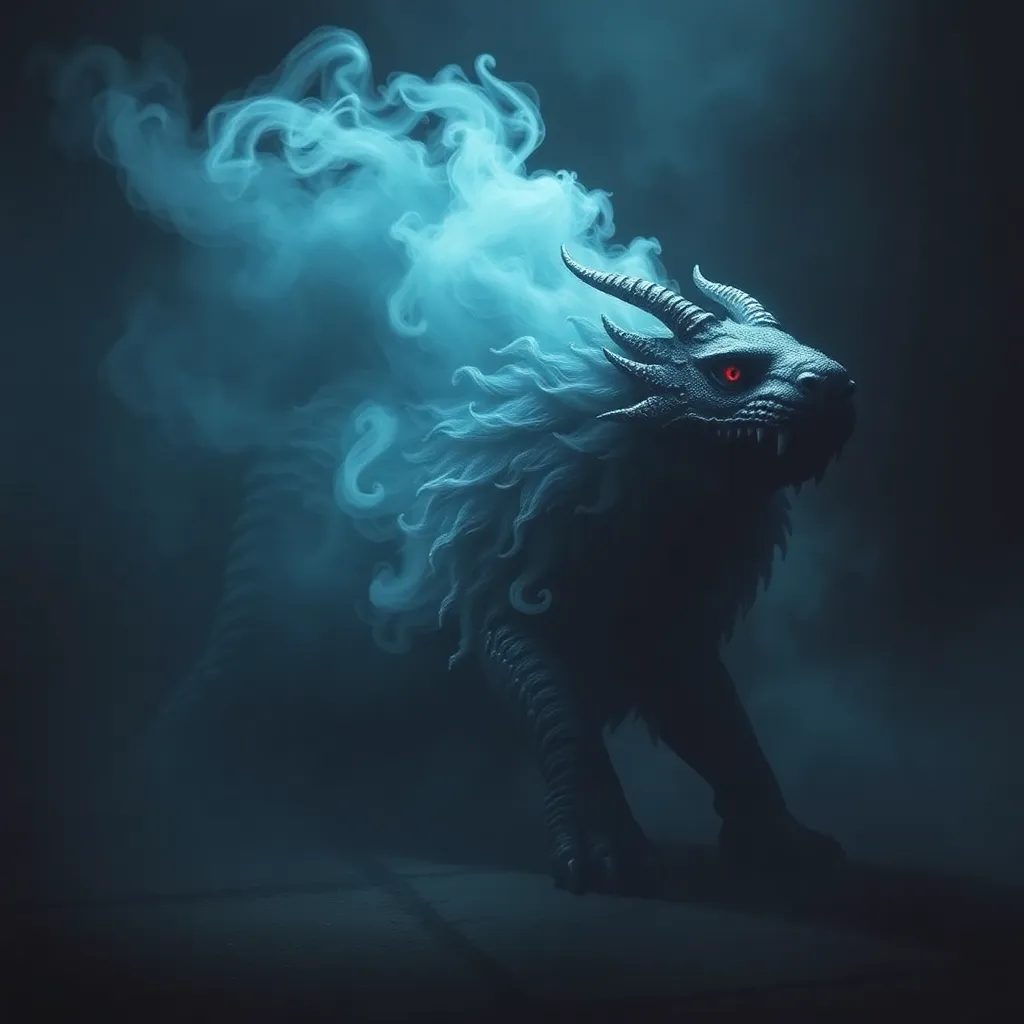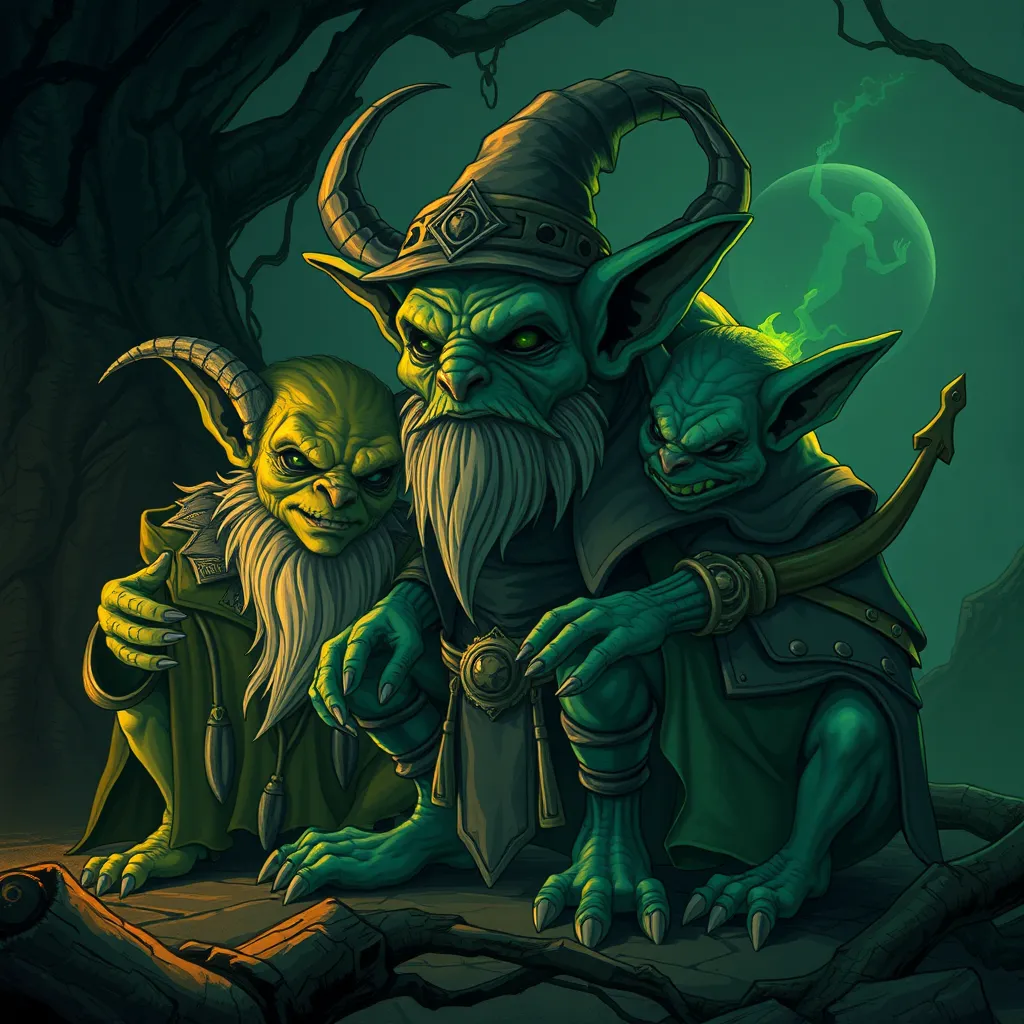The Unicorn’s Legacy: Exploring the Unicorn in British Myth and Legend
The Unicorn’s Origins: Tracing the Mythological Roots
The unicorn, a creature of pure white with a single spiral horn on its forehead, has captivated imaginations for centuries. Its origins can be traced back to ancient Mesopotamia, where the mythical creature was associated with strength, power, and healing. The unicorn’s earliest known appearance in literature comes from the ancient Greek writer Ctesias, who described it as a wild ass with a single horn on its forehead, capable of healing poisons. This early description set the stage for the unicorn’s enduring presence in mythology and folklore.
The Unicorn’s Arrival in Britain: From the Ancient World to Medieval Folklore
The unicorn’s journey to British folklore began with the spread of Greek and Roman mythology across Europe. By the Middle Ages, the unicorn had become a well-established figure in British literature and art. Its presence is evident in various medieval texts, including bestiaries – books that described the natural world, often incorporating fantastical creatures like the unicorn. These texts often depicted the unicorn as a symbol of purity, grace, and spiritual power, connecting it with Christian beliefs and practices.
The Unicorn as a Symbol of Purity and Grace: Exploring its Symbolic Meanings
The unicorn’s symbolism is deeply rooted in its association with purity and grace. The unicorn’s horn was often described as having magical properties, capable of purifying water and protecting against poisons. This association with purity resonated with Christian beliefs, as the unicorn’s pure white coat and single horn became symbolic of Christ’s sacrifice and resurrection.
The unicorn’s grace was also reflected in its captivating beauty and elusive nature. It was often portrayed as a creature of immense speed and agility, able to evade capture due to its cunning and intelligence. This combination of grace and power reinforced the unicorn’s mystique and made it a popular subject in medieval art and literature.
The Unicorn in Medieval Literature: Tales of Capture and the Quest for the Horn
Medieval literature abounds with tales of unicorns, often depicting the challenges of capturing these elusive creatures. The unicorn’s mythology often involved tales of hunts and quests, where knights or virgins would attempt to capture the unicorn with the help of its own magnetic attraction to virginity. These stories often served as allegory for spiritual quests or as metaphors for the pursuit of truth and virtue.
The Unicorn and the Virgin Mary: Religious Iconography and the Virgin’s Purity
The unicorn’s association with purity and grace extended to its connection with the Virgin Mary, a prominent figure in Christian iconography. The unicorn’s horn, often depicted as a symbol of Christ’s sacrifice, was seen as a representation of the Virgin Mary’s immaculate conception. This association reinforced the unicorn’s symbolism as a representation of purity, grace, and spiritual power. In medieval art, the unicorn was often depicted kneeling before the Virgin Mary, symbolizing its submission to her purity and the divine.
The Unicorn and Healing: The Magical Powers of its Horn
The unicorn’s horn was believed to possess extraordinary healing properties, capable of purifying water and counteracting poisons. This belief solidified the unicorn’s status as a creature of both beauty and power, imbued with mystical abilities. The horn itself was a highly prized object, sought after by alchemists, healers, and royalty alike. Its supposed ability to cure various ailments, from headaches to plague, made it an essential ingredient in many medieval remedies.
Even today, the unicorn horn is still associated with healing and protection. While its magical properties are now considered mythical, the enduring belief in its powers speaks to the enduring allure of the unicorn as a symbol of hope and restoration.
The Unicorn in Heraldry: A Symbol of Nobility and Strength
The unicorn’s noble and powerful nature made it a popular symbol in heraldry, the art of designing coats of arms. The unicorn’s presence in heraldic imagery often signified a family’s strength, purity, and virtue. As a heraldic symbol, the unicorn typically appears in its most striking form – rampant, meaning standing on its hind legs with its forelegs raised, often holding a horn in its mouth.
The unicorn’s powerful presence on coats of arms illustrated a family’s lineage, often connected to a specific noble house, or as a symbol of the family’s virtue and strength. The unicorn’s prominence as a heraldic symbol further reinforced the creature’s enduring significance in British culture and history.
The Unicorn in Art: Depicting the Magical Creature Throughout History
The unicorn’s captivating mystique made it a popular subject in British art throughout history. From illuminated manuscripts of medieval lore to Renaissance paintings, the unicorn’s presence in art reflects its enduring appeal as a symbol of purity and power.
Early depictions often showcased the unicorn’s graceful nature, emphasizing its flowing mane and spiral horn. Medieval art, particularly illuminated manuscripts, often depicted the unicorn in scenes of capture, where knights or virgins would attempt to tame the creature. Later art, during the Renaissance, saw the unicorn’s symbolism shift toward more religious themes, often depicted kneeling before the Virgin Mary, showcasing its association with Christian beliefs.
The Unicorn in Modern Culture: From Literature to Movies and Beyond
While its origins lie in ancient legends, the unicorn’s enduring appeal continues to captivate imaginations in modern times. From children’s literature to fantasy movies, the unicorn appears in various forms, reflecting its adaptability to modern story-telling.
The unicorn’s symbolism has evolved to encompass various emotions and concepts, from innocence and kindness to strength and determination. Contemporary portrayals often showcase the unicorn as a symbol of hope and imagination, reflecting its ability to inspire and entertain.
The Unicorn’s Enduring Appeal: Why the Myth Lives On
The unicorn’s enduring appeal lies in its symbolic power, representing purity, grace, healing, and strength – qualities that continue to resonate with people from all walks of life. The unicorn’s mythical nature allows for its symbolism to adapt to changing times, making it a versatile symbol that can be interpreted in countless ways.
The unicorn’s mythical origins and its association with various cultural traditions make it a universal symbol, transcending time and boundaries. The unicorn’s ability to inspire wonder, imagination, and belief reminds us of the enduring power of myth and legend, and the human need to connect with the mystical and extraordinary.
Frequently Asked Questions (FAQ)
Where did the unicorn myth originate?
The earliest known written descriptions of unicorns are found in Greek writings, specifically those of Ctesias, a Greek historian who lived in the 5th century BC. However, the unicorn’s origins likely pre-date these written accounts, with its roots possibly stemming from Mesopotamia or even earlier.
What is the significance of the unicorn’s horn?
The unicorn’s horn, often described as a single spiral horn, was believed to have magical properties, capable of purifying water and protecting against poisons. It was also believed to have healing powers, making it a sought-after ingredient in medieval remedies.
Why is the unicorn associated with purity?
The unicorn’s association with purity stems from its white coat and its single horn, often interpreted as symbols of Christ’s sacrifice and resurrection. Its mythical connection to virginity further reinforces its symbolic meaning of purity and grace.
Is the unicorn a real creature?
No, the unicorn is a mythical creature, a product of imagination and folklore. While some have suggested that the unicorn myth may have been inspired by real animals, such as the narwhal with its single, spiral tusk, scientific evidence does not support the existence of a unicorn as described in myths and legends.
What is the significance of the unicorn in heraldry?
In heraldry, the unicorn often represents strength, purity, and virtue. Its rampant posture, standing on its hind legs with its forelegs raised, signifies its power and nobility. The unicorn’s presence on coats of arms often denotes a family’s lineage or their commitment to virtue.



